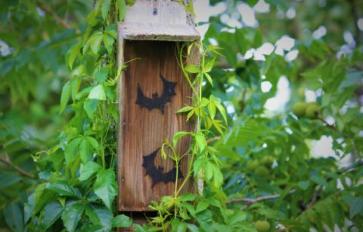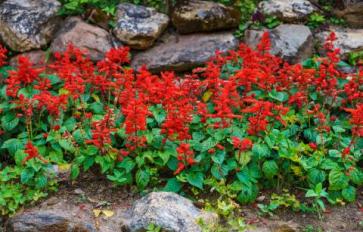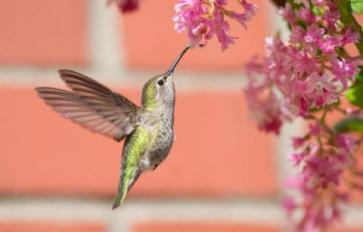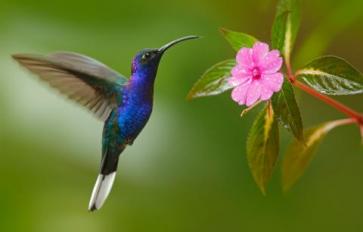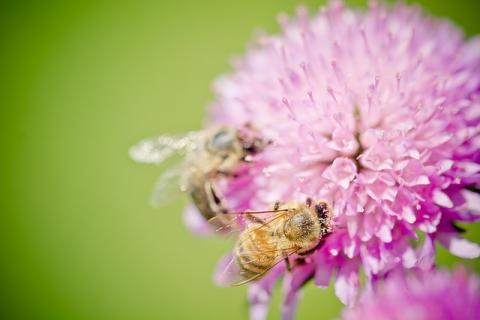
Today marks the beginning of Pollinator Week, 2016 (June 20-26th) and Basmati.com is joining in on the call to protect pollinators on a regional, national, and global level.
While bees and other pollinators have been on the decline since the 1950’s, 2006 marked pollinators entering into a markedly rapid decline. Since 1947 we have lost over half of our domestic/commercial bee population, from 6 million in 1947 to 2.5 million today. According to a recent study, the agricultural community is already drastically feeling the effects. From 2005-2010, the demand for bees for pollination grew 4.9 times faster than the population of bees needed for pollination throughout Europe and the U.S. Since 1961, the land in the U.S. devoted to growing crops that depend on pollinators has increased by 300%, while the population of bees has dropped by about 50%. The effects thus far have been mitigated by wild bees and other pollinators working over time. However, it is unrealistic to rely on this as a method for sustainability in the long run. Further, it is impossible to know how long wild pollinators’ overtime is even a feasible option, as that type of data is just simply not available to collect.
Researchers, farmers, and others interested in the bee decline have labeled the epidemic Colony Collapse Disorder to describe the drastic population decline in honeybees. Colony Collapse Disorder (CCD) is a case that has been increasingly affecting honeybees, particularly the western honeybee. CCD is characterized by the absence of the majority of worker bees in a hive, while a healthy queen, immature bees, nurse bees, and food supplies are maintained in the hive. This means that lack of food, worker bees, etc. are not the cause of the hive’s abandonment.
There is strong evidence to suggest that CCD is caused mainly by the use of neonicotinoids pesticides.
Industry continues to highly influence policy on the use of neonicotinoids pesticides. What’s more, is some of these companies are merging to become agricultural powerhouses.
What can you do to protect bees and other pollinators? You can plant a pollinator friendly yard (link). You can also get on the ‘NO SPRAY’ list to avoid city-wide annual pesticide application to public and private land.
The loss of pollinator populations impacts all of us – from variety of food on your table to contributing immensely to overall ecosystemic balance (like food chains and pollinated plants). Join us and take a stand for pollinators!


